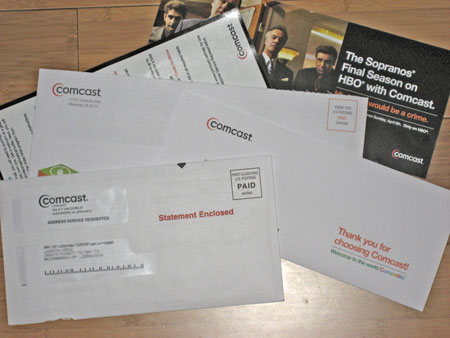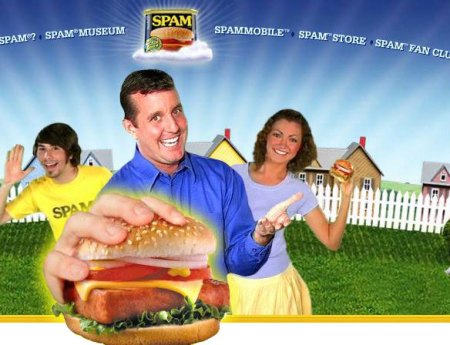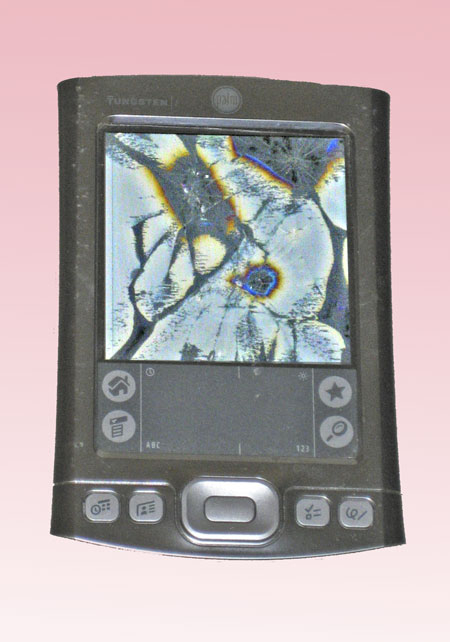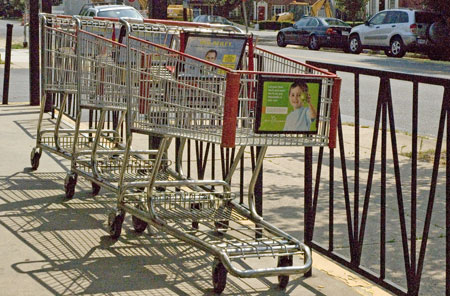
Well, since I wrote to them on March 2, I’ve heard from Comcast. About every three days in fact. There hasn’t been a response to my letter of complaint for their deceptive marketing practices (described in my previous post), but there has been an endless stream of advertising material, topped off today by the monthly statement. I opened it, not expecting to find that they’d knocked $15 off my monthly charges and–guess what–they hadn’t.
But I’m not done. I shall write again, pointing out that if they indeed want to “better serve [my] needs,” and really “look forward to providing [me]” with all my entertainment and communication needs (a lofty aspiration), and truly do welcome my “questions or concerns … 24 hours a day, 7 days a week” (as one of their effusive advertising pieces assures me), then they could start off by affording me the courtesy of responding to my letter.
Maybe I’ll suggest that if they were to cut down on their direct mail, the money they’d save by not sending me and everyone else glossy promotional materials several times a week would probably add up to quite a lot and they could certainly manage to let me have $15 a month of it.
I shall also print out and enclose my last post and this one, maybe (and maybe not) after I’ve allowed time for a few comments from my loyal readers–to whom, by the way, I apologize for the long silence.
So what about that long silence? My excuse is that April 15 is the deadline to file income tax returns, and I’ve been putting everything together for my accountant. Reality is that I have been failing to put everything together for my accountant every weekend since mid January because there has always been something far more appealing to do. I’m a writer, dammit not a book-keeper (although I actually keep very orderly books, thanks to Quicken, Excel, and my obsessively tidy personality).
Because part of any job I’ve had has been bailing out other people who didn’t plan ahead, so they don’t get stick from their various powers-that-be, I don’t want to put my accountant in the same position by being one of the clients who send him a year’s worth of information on April 10 and expect him to file the tax return on time. So I took care of it last weekend and sent him the stuff (thank you Federal Express) yesterday. Within the next few days, he’ll call me telling me what I forgot.



 Posted by Judith
Posted by Judith 





 I went to Barnes and Noble this morning. On my way out of the parking garage, I passed an old man who had just found a discarded fast food container in the trash can and was eating the leftovers. I waited until I was past him then looked in my wallet for some money, hoping I had a $5 bill or some singles. I had a $10 bill and a $20.
I went to Barnes and Noble this morning. On my way out of the parking garage, I passed an old man who had just found a discarded fast food container in the trash can and was eating the leftovers. I waited until I was past him then looked in my wallet for some money, hoping I had a $5 bill or some singles. I had a $10 bill and a $20.







